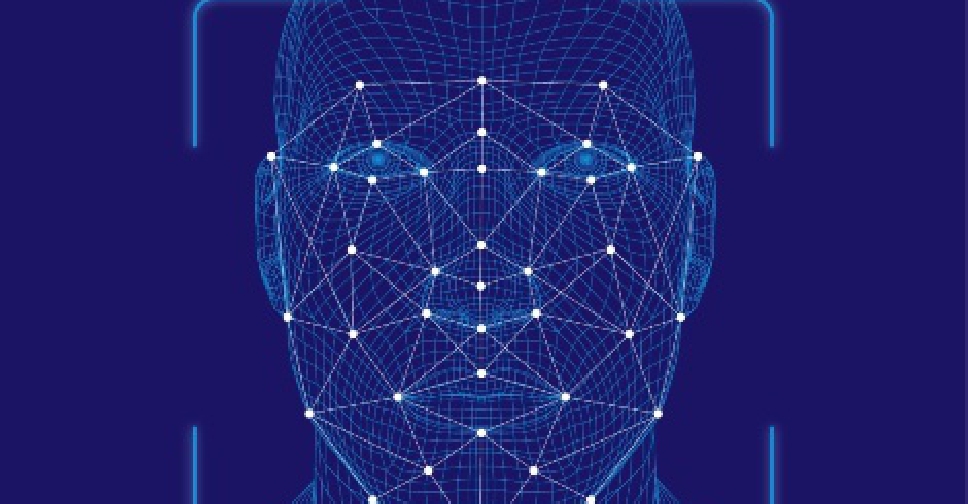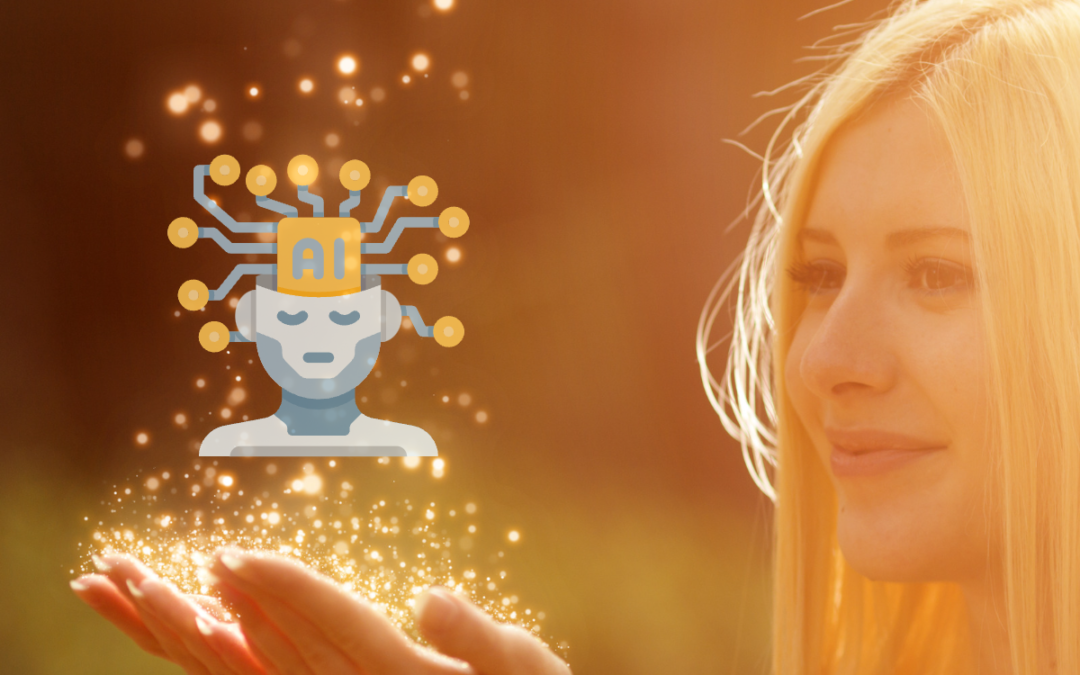Measuring Happiness With AI - The Future Of Emotional Analytics
In recent years, the quest to understand human emotions has taken a futuristic turn with the advent of Artificial Intelligence (AI). The concept of measuring happiness, once confined to self-reports and psychological assessments, is now being transformed by sophisticated AI technologies. This transformation is not just a scientific leap but also a reflection of the growing importance of emotional well-being in our fast-paced, modern society. And now we are going to advance in measuring happiness with AImethods.
Discover how AI is revolutionizing the way we track joy. Dive into the future of AI and happiness measurement with us!
The Evolving Role Of AI In Understanding Human Emotions
AI has made significant strides in interpreting complex human behaviors and sentiments. By leveraging natural language processing and facial recognition technologies, AI systems can analyze speech patterns, facial expressions, and even physiological responses to gauge emotional states. This evolution marks a significant shift from traditional methods, opening up new possibilities in understanding the nuances of human happiness.
The Significance Of Measuring Happiness In Today's Society
The pursuit of happiness is a fundamental human goal, and its measurement has profound implications. In a world where mental health issues are on the rise, quantifying happiness can help identify societal trends, inform public policies, and drive initiatives aimed at improving the quality of life. Moreover, businesses are increasingly recognizing the value of employee happiness in boosting productivity and fostering a positive work environment.
Overview Of How AI Is Revolutionizing Happiness Measurement
AI is revolutionizing the way we measure happiness by providing real-time analytics and personalized feedback. With the ability to process vast amounts of data, AI systems can uncover patterns and correlations that were previously undetectable. This not only enhances our understanding of what makes people happy but also allows for the development of tools and applications that can monitor and promote emotional well-being on an individual and collective scale.
The integration of AI into happiness measurement is a testament to the potential of technology to enrich human life. As we continue to explore this exciting frontier, we stand on the cusp of a new era where emotional analytics can lead to a deeper, more nuanced appreciation of happiness.
The Science Behind AI-Driven Happiness Metrics
Happiness is a complex emotion that has both qualitative and quantitative aspects. To understand how AI measures happiness, it's essential to delve into the science that enables machines to interpret human emotions.
Understanding The Qualitative And Quantitative Aspects Of Happiness
Happiness is more than just a fleeting feeling; it's a state that encompasses a range of emotions and experiences. To measure it accurately, AI systems must be able to process both qualitative data, such as personal experiences and emotions, and quantitative data, like physiological responses and activity levels.
AI algorithms are trained to detect patterns in language and voice inflections that indicate positive emotions. For instance, a cheerful tone or the use of optimistic words can signal happiness. On the quantitative side, wearable devices can track heart rate variability and sleep patterns, providing data that, when analyzed, can suggest a person's emotional state.
The Integration Of Social Sciences And Machine Learning
The measurement of happiness is not solely a technological challenge; it's also a social science puzzle. AI developers often collaborate with psychologists and sociologists to create models that understand the nuances of human emotions. This interdisciplinary approach combines social science theories with machine learning techniques to teach AI systems how to interpret complex emotional data.
For example, by using sentiment analysis, AI can examine text data from social media posts or surveys to gauge public sentiment. Machine learning models can be trained to recognize words associated with happiness and satisfaction, allowing them to score and quantify emotional states.
The Role Of Data In Mapping Personality And Emotions
Data is the fuel that powers AI. To measure happiness accurately, AI systems require vast amounts of data to learn from. This data comes from various sources, including social media interactions, wearable technology, and direct user input through apps and devices.
By analyzing this data, AI can create detailed maps of an individual's personality and emotional patterns. For instance, by monitoring a person's online activity and physical health metrics, AI can infer their mood swings and stress levels, painting a picture of their overall happiness.
AI-driven happiness measurement relies on the collection and analysis of diverse data sets to provide insights into human emotions. By combining the qualitative and quantitative aspects of happiness with the integration of social sciences and machine learning, AI is paving the way for a new era of emotional analytics. As we continue to feed AI with more data, its ability to map and understand our emotionswill only become more refined, leading to more accurate and meaningful measurements of happiness.
Real-World Applications Of AI In Measuring Happiness
The integration of Artificial Intelligence(AI) into the realm of emotional analytics has opened up new avenues for understanding and enhancing human happiness. By leveraging AI, we can now measure happiness in ways that were once thought impossible. This section delves into the practical applications of AI in measuring happiness across various sectors, including corporate environments and healthcare settings.
Case Studies - Corporate And Healthcare Sectors
In the corporate sector, companies are increasingly turning to AI to gauge employee satisfaction and well-being. One notable example is the use of sentiment analysis tools that evaluate the mood and emotions conveyed in written communication, such as emails and internal social media platforms. By analyzing the language and patterns used by employees, AI can provide insights into the overall happiness and morale within the workplace. This information is invaluable for human resources departments aiming to improve employee engagement and reduce turnover rates.
Another application is in employee feedback systems. AI-driven surveys can interpret open-ended responses, providing a more nuanced understanding of employee sentiments. These systems can identify common themes and issues that affect happiness at work, allowing management to address them proactively.
In the healthcare sector, AI is making significant strides in mental health care. For instance, chatbots and virtual assistants equipped with natural language processing capabilities can offer preliminary mental health support, engaging in conversations that help assess a patient's emotional state. These AI tools can detect signs of depression or anxiety, prompting timely intervention by healthcare professionals.
Moreover, wearable technology that incorporates AI algorithms can monitor physiological indicators of happiness, such as heart rate variability and sleep patterns. This data can be used to infer emotional well-being and to tailor treatment plans for individuals with mental health conditions.
AI's Impact On Mental Health And Well-being Initiatives
AI's ability to process vast amounts of data quickly and accurately means that mental health initiatives can be more data-driven and personalised than ever before. For example, AI can help identify patterns in behaviour that correlate with mood changes, enabling mental health professionals to customise their approach to each patient's needs.
Furthermore, AI-driven platforms can facilitate community support by connecting individuals with similar experiences or challenges. These platforms can foster a sense of belonging and provide a space for shared understanding and empathy, contributing to overall happiness and well-being.
Enhancing Customer Satisfaction Through AI Insights
Beyond the workplace and healthcare, AI is also transforming how businesses interact with their customers. By analysing customer feedback, social media interactions, and support tickets, AI can help businesses understand the emotional drivers behind customer satisfaction.
For instance, predictive analytics can anticipate customer needs and preferences, allowing companies to offer personalised experiences that increase happiness and loyalty. AI can also identify at-risk customers who may be experiencing dissatisfaction, enabling businesses to address concerns before they escalate.
Chatbots and virtual assistants are becoming increasingly sophisticated in detecting and responding to emotional cues during customer interactions. This capability allows for more empathetic and effective customer service, as AI can adapt its responses to the emotional state of the customer, leading to higher satisfaction rates.
Ethical Considerations And Privacy Concerns
As we delve into the realm of measuring happiness with AI, it's crucial to address the ethical considerations and privacy concerns that accompany this innovative technology. The intersection of AI and happiness measurement is not just about the technological capabilities but also about the moral implications of such advancements.
Balancing Personalization With User Data Privacy
The allure of personalized experiences is undeniable. AI systems can tailor services and products to individual preferences, potentially enhancing happiness and satisfaction. However, this personalisation hinges on the collection and analysis of personal data, which raises significant privacy concerns. Users often share sensitive information without fully understanding how it will be used or who might have access to it.
To ensure a balance between personalisation and privacy, companies and developers must be transparent about their data practices. This includes clear communication about:
- What data is being collected: Users should be aware of the specific types of data the AI systems are gathering.
- How the data is being used: There should be a straightforward explanation of the purposes for which the data is processed.
- Who has access to the data: Information about third parties or other entities that might receive user data must be disclosed.
- Data protection measures: Users need to be reassured that their data is safeguarded against unauthorised access and breaches.
The Responsibility Of Businesses In Using Happiness Data
Businesses that employ AI for happiness measurement have a responsibility to handle the data ethically. This includes not only protecting user privacy but also ensuring that the insights gained from the data are used to genuinely improve user well-being, rather than manipulate emotions for profit.
For instance, if a company discovers that certain content boosts user happiness, it has a responsibility to:
- Avoid exploiting this knowledge to keep users engaged at the expense of their mental health.
- Promote content that contributes to long-term well-being rather than short-term gratification.
- Be mindful of the potential for creating addictive behaviours through the use of AI-driven recommendations.
Ensuring Ethical AI Deployment In Happiness Measurement
The deployment of AI in happiness measurement must adhere to ethical standards to maintain trust and respect for individual autonomy. This involves several key practices:
- Informed consent: Users should give explicit consent for their data to be used in happiness measurement, with a clear understanding of what this entails.
- Bias mitigation: AI systems must be designed to avoid biases that could skew happiness measurements, such as cultural, gender, or socioeconomic biases.
- Human oversight: There should always be a human element in the decision-making process, ensuring that AI does not operate without accountability.
- Continuous monitoring: AI systems should be regularly assessed for ethical compliance and adjusted as necessary to align with evolving standards and societal values.
The use of AI in measuring happiness is a powerful tool that, if harnessed responsibly, can greatly contribute to human well-being. However, it is imperative that as we advance in this field, we remain vigilant about the ethical use of technology and the protection of individual privacy. By doing so, we can ensure that AI serves as a force for good, enhancing happiness without compromising our values and rights.
The Future Of AI In Happiness Measurement
As we peer into the horizon of technological advancements, the role of Artificial Intelligence (AI) in understanding and enhancing human happiness is poised to expand dramatically. The potential for AI to delve deeper into the nuances of emotional analytics is not just a possibility but an impending reality.
Potential Advancements In AI Technology
The journey of AI in the realm of happiness measurement is on an upward trajectory, with several advancements on the cards. Here are some of the anticipated developments:
- Emotion Recognition Improvements: AI systems are expected to become more adept at interpreting subtle emotional cues, such as micro-expressions and voice inflections, providing a more nuanced understanding of an individual's state of mind.
- Wearable Tech Integration: The fusion of AI with wearable technology could lead to real-time mood tracking and analysis, offering immediate feedback and interventions to enhance well-being.
- Predictive Analytics: AI could evolve to not only assess current emotional states but also predict future emotional outcomes based on patterns in behaviour and external factors, potentially preventing negative emotional experiences before they occur.
- Personalised Well-being Plans: AI might be able to create customised well-being programs for individuals, taking into account their emotional history, preferences, and life circumstances.
The Role Of AI In Shaping Societal Well-being
AI's contribution to societal well-being could be transformative. By accurately measuring happiness and emotional health on a large scale, policymakers and organisations can make informed decisions that promote the welfare of communities. AI could help identify areas of stress within a population or monitor the emotional impact of public policies, leading to more empathetic governance and corporate practices.
Measuring Happiness With AI - FAQs
Is There A Scientific Way To Measure Happiness?
There are various scientific methods and tools used to measure happiness. Researchers often employ surveys, questionnaires, and psychological assessments to gather subjective well-being data. These instruments may include questions about life satisfaction, positive emotions, and overall happiness. Additionally, physiological measures like heart rate, brain activity, and facial expressions are sometimes used to complement self-reported data.
How Do You Measure Happiness Level?
Individuals' happiness levels are often measured subjectively through self-reporting. This can involve asking people to rate their own happiness on a scale or respond to specific questions about their emotional well-being. Researchers may also use objective indicators such as social relationships, health, and life satisfaction to assess overall happiness. Combining both subjective and objective measures provides a more comprehensive understanding of an individual's happiness level.
How Does AI Make You Happy?
AI itself does not experience emotions like happiness. However, AI can enhance user experiences and potentially contribute to positive emotions in users. For example, AI applications like virtual assistants can make daily tasks more convenient, provide helpful information, and streamline processes, leading to user satisfaction and a sense of accomplishment. The positive impact of AI on well-being depends on how effectively it addresses human needs and preferences, making interactions with technology more enjoyable and efficient.
Conclusion
The fusion of AI with happinessmeasurement is a testament to the human pursuit of understanding and improving our emotional well-being. As AI becomes more intertwined with our daily lives, its potential to serve as a tool for positive change is immense. The promise of AI lies not just in its technological prowess but in its capacity to enhance the human experience, guiding us towards a future where happiness is not just measured, but nurtured and cherished.
The journey ahead for AI in the field of happiness measurement is filled with opportunities and challenges. As we embrace these technologies, it is crucial to navigate the path with a focus on ethical practices and respect for privacy. The ultimate goal remains clear: leveraging AI to build a world where happiness is accessible, understood, and prioritised.



